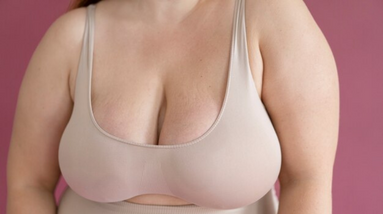
Reduction mammoplasty, commonly referred to as breast reduction, is a surgical procedure that is designed to remove excess breast tissue and skin from the breasts in order to reduce their size and reshape them into a more proportional and aesthetically pleasing form.
Women with large and heavy breasts may experience a range of physical discomforts and functional problems, such as back pain, neck pain, shoulder pain, rashes, skin irritation, breathing difficulties, and poor posture. They may also feel self-conscious and unhappy with the appearance of their breasts, which can negatively affect their body image, confidence, and quality of life.
Breast reduction is a safe and effective solution for women who want to alleviate the physical and emotional burden of large breasts and achieve a more balanced and youthful silhouette. The surgery involves the removal of excess breast tissue, fat, and skin through incisions made around the areola, down the front of the breast, and along the inframammary fold. The nipple and areola are usually repositioned higher on the breast mound to create a more natural look and preserve their sensitivity and function.
Breast reduction can be performed under general anesthesia and takes about three to four hours to complete. Most patients are able to go home on the same day of surgery or the following day, and they are advised to take one to two weeks off from work or regular activities to recover. During the recovery period, patients may experience mild to moderate pain, swelling, bruising, and numbness in the breast area, which can be managed with pain medication, rest, and compression garments.
The results of breast reduction are typically long-lasting, as long as the patient maintains a stable weight and avoids significant weight gain or pregnancy. Patients can expect to enjoy a more comfortable and proportionate breast size, improved posture and mobility, and enhanced self-esteem and body confidence. However, it is important to note that breast reduction does leave permanent scars around the areola, down the front of the breast, and along the inframammary fold, although they can be concealed under clothing and fade over time. Additionally, breast reduction may affect the ability to breastfeed, although many women are still able to breastfeed successfully after the surgery.